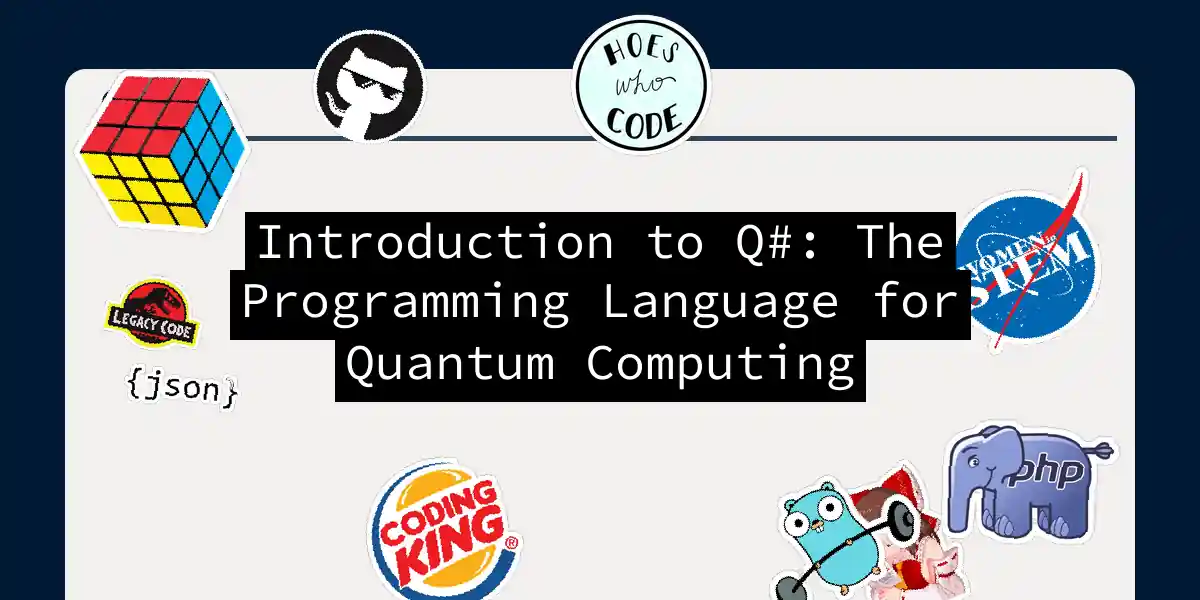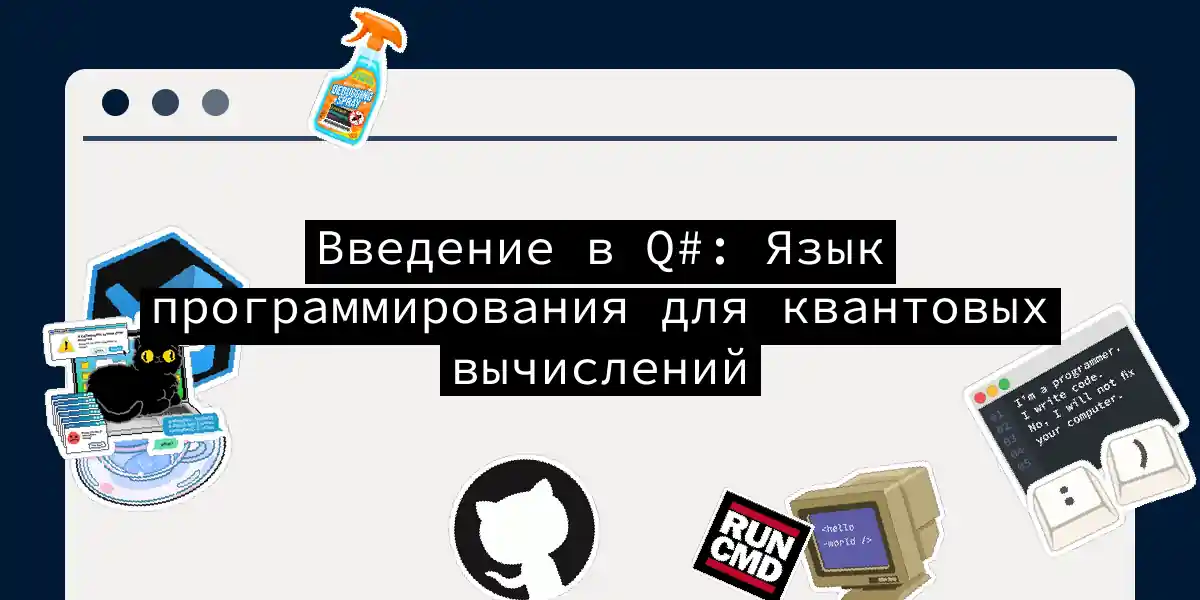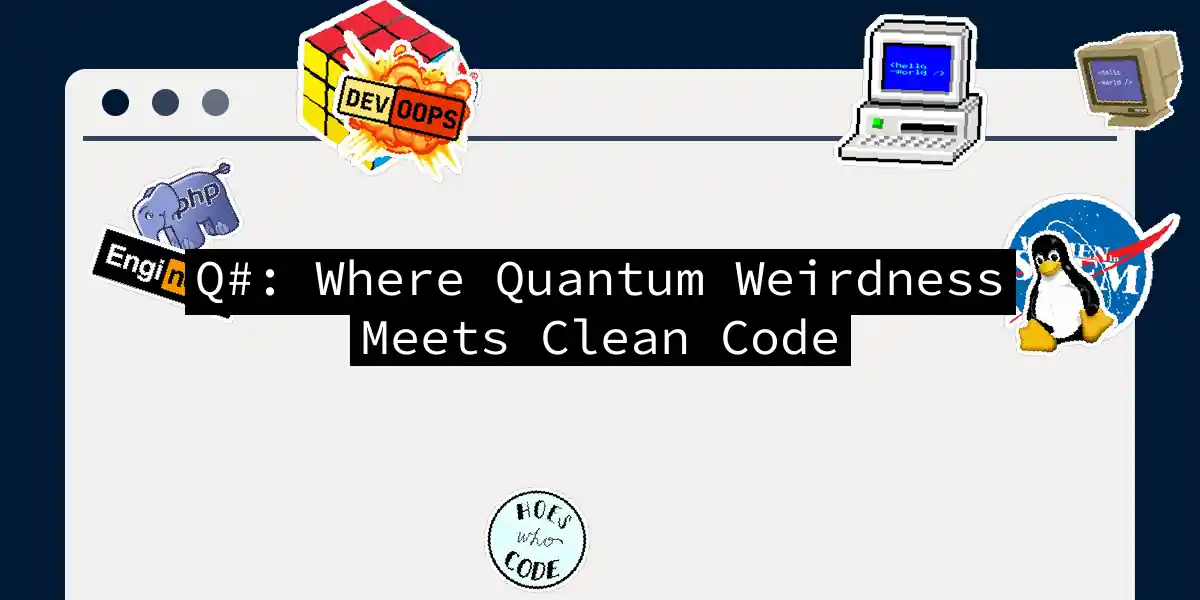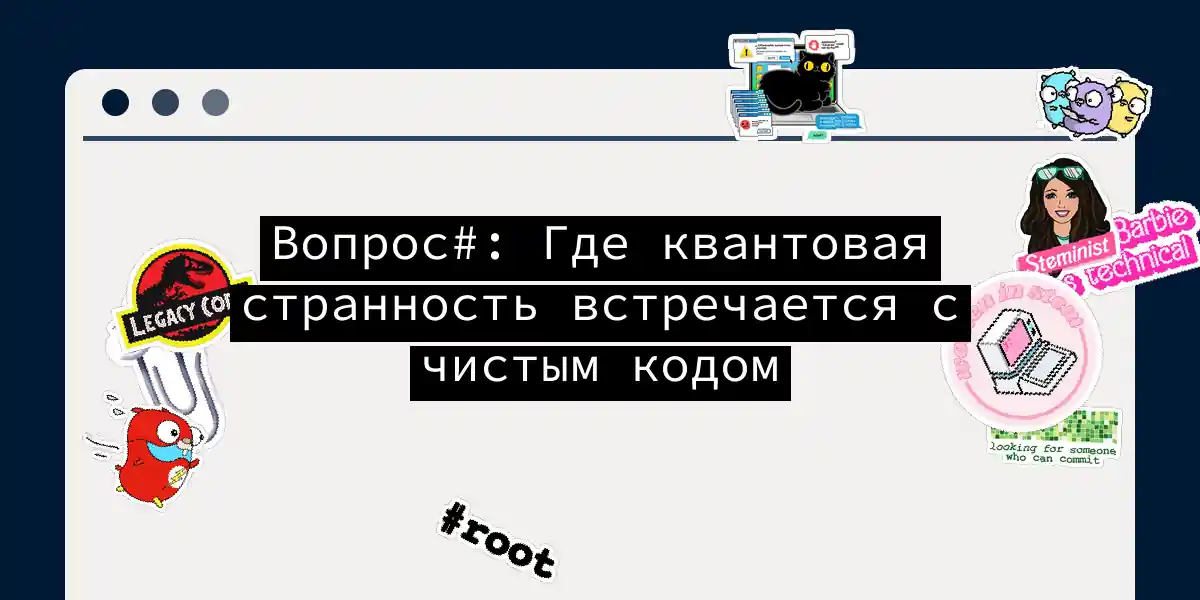
Introduction to Q#: The Programming Language for Quantum Computing
So, you’ve decided to dive into quantum computing. Bold move! While your friends are still debugging their JavaScript callbacks, you’re about to debug quantum superposition states. Spoiler alert: Schrödinger’s cat jokes are mandatory in this field, but I promise to keep them to a minimum. Q# (pronounced “Q-sharp,” not “Q-hashtag” – yes, people make that mistake) is Microsoft’s purpose-built programming language for quantum computing. Think of it as C# that went to graduate school in physics and came back with some seriously mind-bending capabilities....



